The Annapurna Base Camp Trek stands out as a remarkable journey, combining stunning Himalayan vistas with rich cultural encounters. Trekkers traverse diverse landscapes, from lush forests to alpine meadows, while engaging with local Gurung communities. With proper planning, including essential permits and thoughtful packing, participants can fully enjoy the experience. The trek’s blend of comfort and challenge makes it appealing to many outdoor enthusiasts. As they contemplate the breathtaking views and unique cultural aspects, one can’t help but wonder how to prepare adequately for this adventure.
Key Points
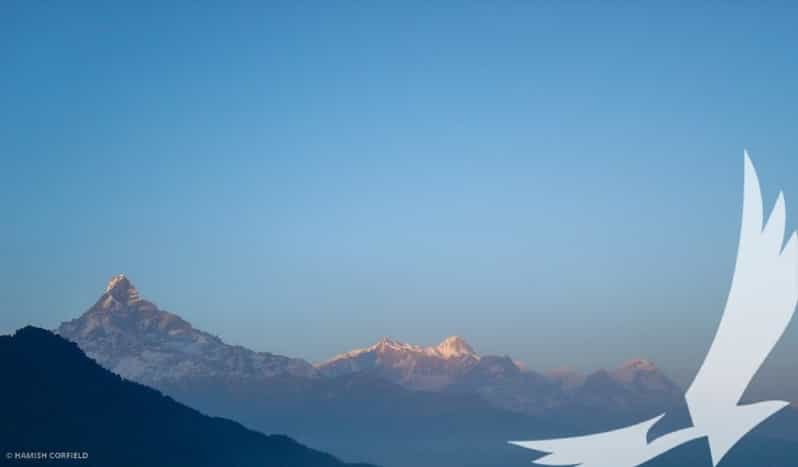
- The Annapurna Base Camp Trek is a 15-day journey, showcasing stunning Himalayan scenery and cultural experiences in Gurung villages.
- Trekkers enjoy breathtaking sunrise views from Poon Hill and glacial landscapes at Annapurna Base Camp.
- Accommodation includes comfortable hotels in Kathmandu and Pokhara, plus cozy tea houses along the trekking route.
- Essential permits include the Annapurna Conservation Area Permit and Trekkers’ Information Management System Card, often handled by tour operators.
- Proper packing, hydration, and engagement with locals enhance the trekking experience and help prevent altitude sickness.
It's also worth checking out some other tours and experiences nearby.
Trek Overview and Highlights
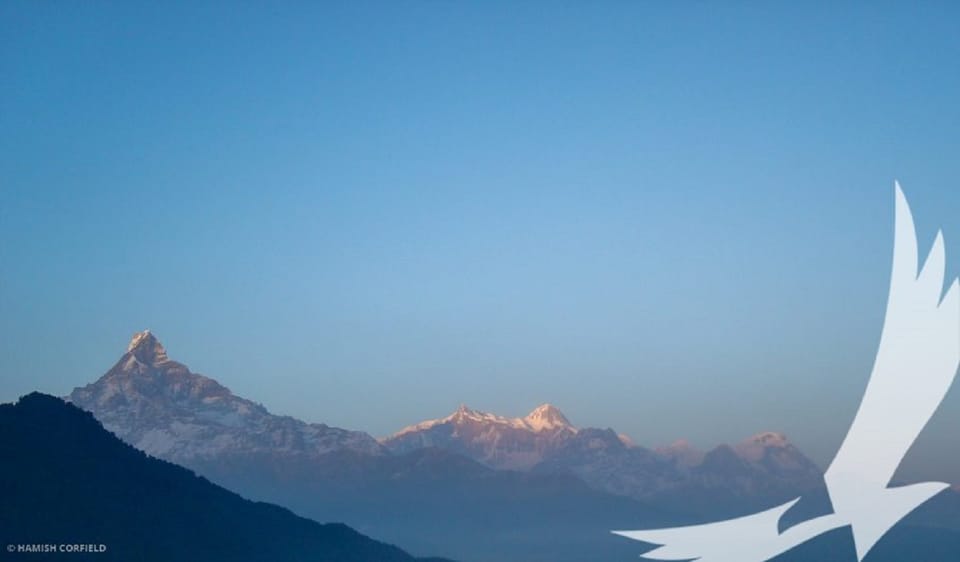
The Annapurna Base Camp Trek offers an unforgettable adventure for nature lovers and trekkers, combining stunning mountain vistas, rich cultural experiences, and rejuvenating hot springs along the way.
This 15-day trek invites small groups of up to 16 participants, ensuring a personalized journey. Highlights include breathtaking sunrise views from Ghorepani and Poon Hill, as well as the spectacular glacial scenery at Annapurna Base Camp.
Trekkers will also enjoy the vibrant culture of typical Gurung villages, where warm hospitality awaits. To relax after a day’s trek, the soothing natural hot springs at Jhinu Danda provide the perfect retreat.
With a well-planned itinerary, this trek promises adventure and serenity in one of Nepal’s most beautiful regions.
Detailed Itinerary
Embarking on the Annapurna Base Camp Trek offers a meticulously planned itinerary that balances adventure with cultural exploration over 15 unforgettable days.
The journey begins with an arrival in Kathmandu, followed by a day of sightseeing and trek preparation. Travelers then fly to Pokhara before driving to Nayapul, where the trekking adventure kicks off.
Each day includes breathtaking hikes through stunning landscapes, with highlights such as Poon Hill’s sunrise and the glacial scenery at Annapurna Base Camp.
Participants trek through charming Gurung villages and relax in natural hot springs at Jhinu Danda.
The itinerary concludes with a return drive to Kathmandu, leaving trekkers with cherished memories and a sense of accomplishment.
Accommodation Options
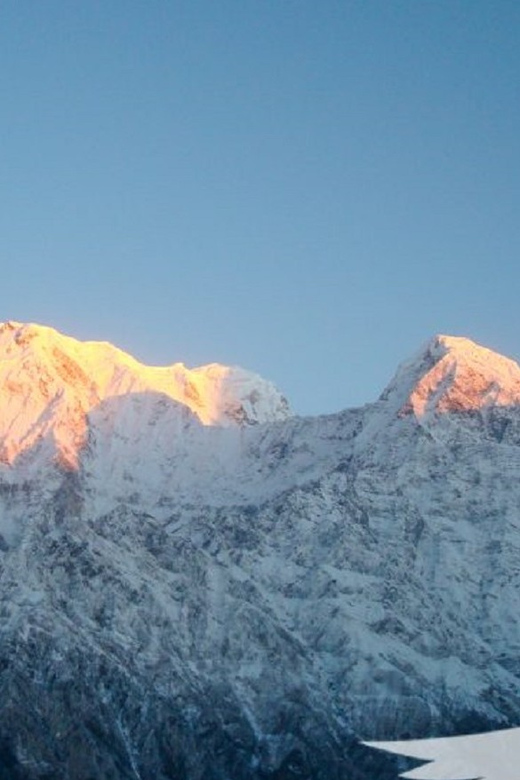
Accommodation options for the Annapurna Base Camp Trek include comfortable twin-sharing rooms in three-star hotels during the stay in Kathmandu and Pokhara, along with cozy tea house lodgings along the trekking route.
In Kathmandu, trekkers can unwind in modern amenities, while Pokhara offers stunning views of the Himalayas.
On the trek, tea houses provide basic yet welcoming accommodations, featuring shared bathrooms and common dining areas. They serve hearty meals, allowing trekkers to recharge after a long day.
Room availability can vary, so it’s wise to book in advance, especially during peak seasons.
Transportation Details
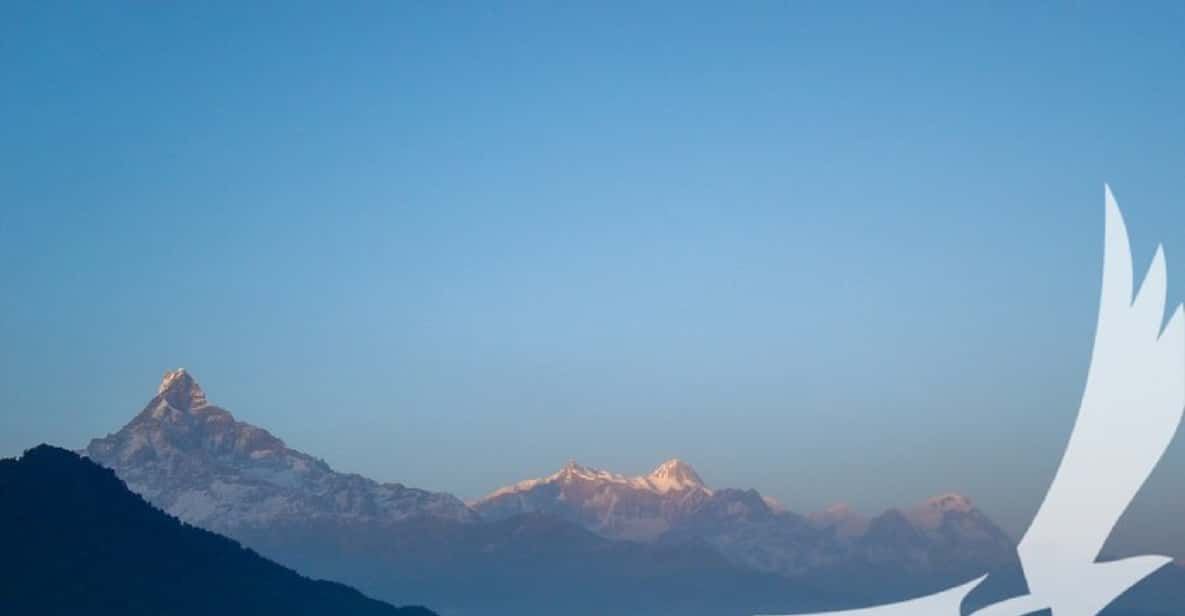
Transportation for the Annapurna Base Camp Trek includes seamless airport transfers, a domestic flight from Kathmandu to Pokhara, and comfortable private vehicle rides for sightseeing and transfers between key locations.
After arriving in Kathmandu, trekkers enjoy a quick 25-minute flight to Pokhara, providing stunning aerial views of the mountains. Once in Pokhara, a private vehicle takes them to Nayapul, where the trek begins.
Throughout the journey, comfortable tourist buses transport trekkers back to Pokhara and later to Kathmandu. This efficient transportation ensures that trekkers can focus on the breathtaking landscapes and cultural experiences, while all logistical details are smoothly handled.
With such arrangements, getting around becomes hassle-free, allowing for an unforgettable trekking experience.
Crew and Support Services
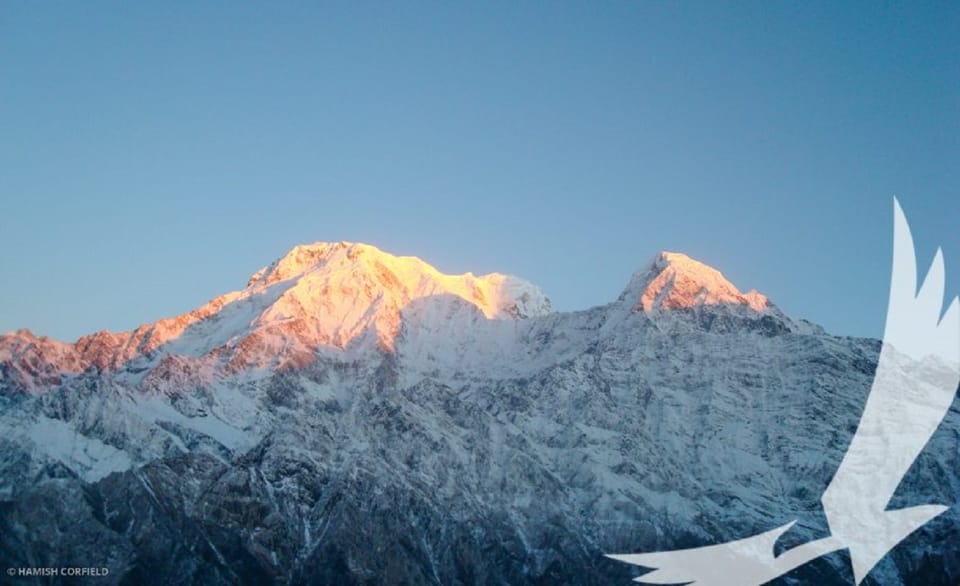
The Annapurna Base Camp Trek is supported by a dedicated crew that enhances the overall trekking experience through their expertise and assistance.
Each trekker benefits from the guidance of a leader and an assistant leader, ensuring safety and addressing any concerns.
With a ratio of one porter for every two clients, trekkers can enjoy the stunning landscape without being burdened by heavy packs.
The crew’s knowledge of the local culture and environment adds depth to the journey, making it memorable.
They also handle logistical details, from meal preparation to accommodation arrangements in tea houses.
This level of support allows trekkers to focus on enjoying the breathtaking views and rich cultural experiences that the trek offers.
Required Permits
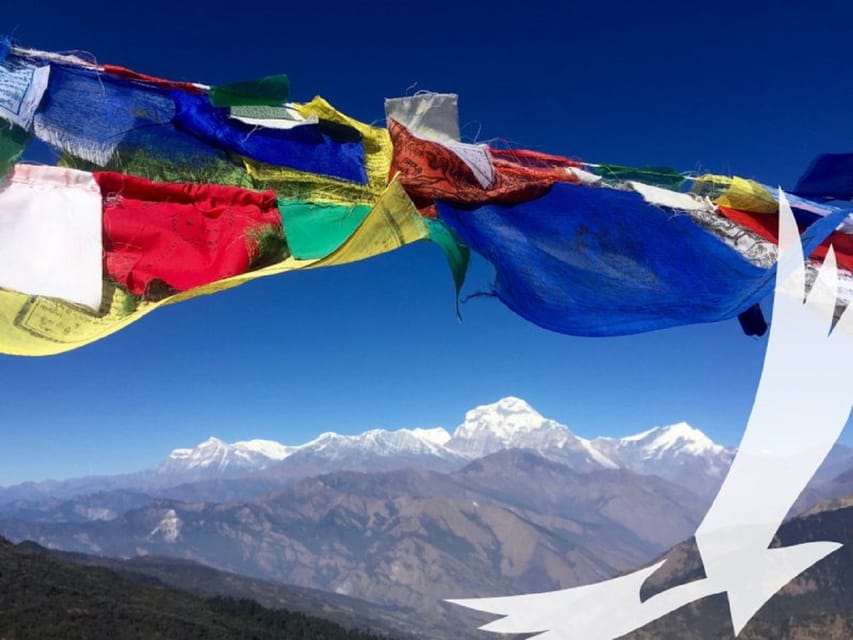
Trekking in the Annapurna region requires specific permits to ensure a smooth and lawful experience, which are typically arranged before the journey begins. Travelers need to be aware of these essential permits to avoid any disruptions during their trek.
-
Annapurna Conservation Area Permit (ACAP): This permit is mandatory for all trekkers in the Annapurna region.
-
Trekkers’ Information Management System (TIMS) Card: This card helps manage trekking activities and ensures safety.
-
Entrance Fees: Additional fees may apply for specific cultural or natural sites along the route.
-
Guided Arrangements: Often, tour operators handle permit applications, simplifying the process for trekkers.
Securing these permits in advance allows trekkers to focus on enjoying the stunning landscapes and rich culture of the Annapurna region.
Packing Essentials
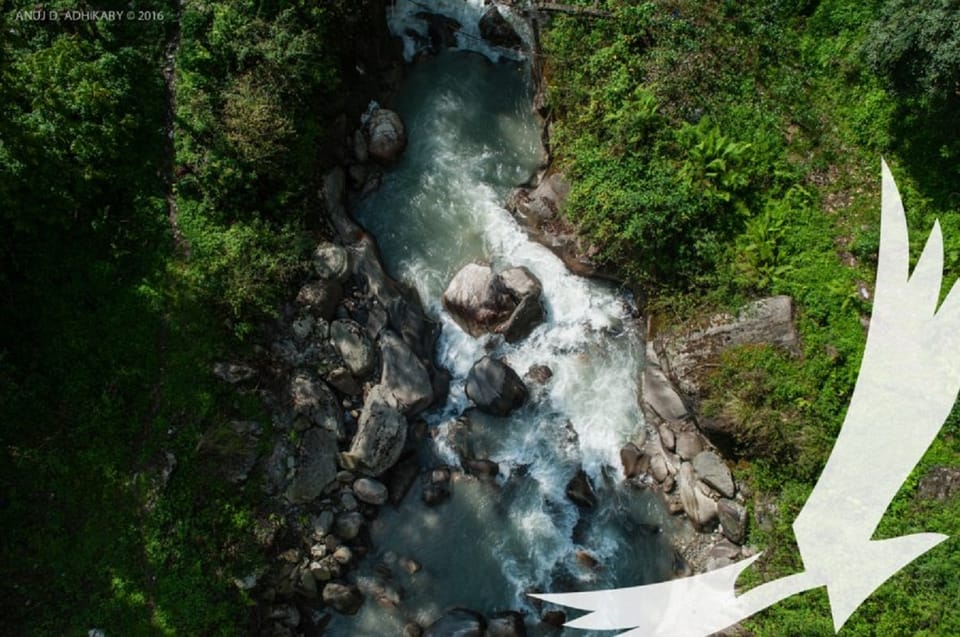
When preparing for the Annapurna Base Camp Trek, it’s crucial to pack wisely to ensure comfort and safety throughout the journey.
Start with a sturdy backpack, preferably 50-70 liters, to hold your essentials. Layered clothing is key; pack moisture-wicking base layers, an insulating mid-layer, and a waterproof outer shell.
Don’t forget a warm hat, gloves, and a buff for colder temperatures. Sturdy trekking boots are a must, paired with comfortable socks.
Include a first-aid kit, water purification tablets, and energy snacks. A compact sleeping bag rated for cold weather can enhance your comfort at higher altitudes.
Lastly, bring trekking poles for stability on uneven terrain, and consider a power bank for charging devices on the go.
Tips for a Successful Trek
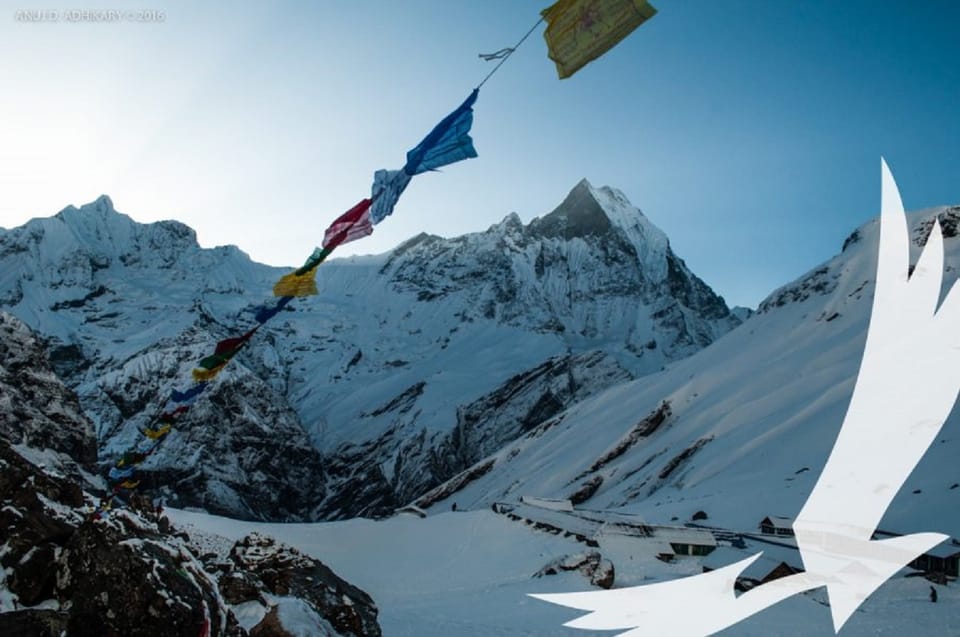
Packing wisely sets the stage for a successful trek, but knowing how to navigate the journey itself is just as important. Trekking the Annapurna Base Camp requires preparation beyond packing essentials. Here are some key tips to enhance the trekking experience:
-
Stay Hydrated: Drink enough water to prevent altitude sickness.
-
Pace Yourself: Maintain a steady pace to conserve energy during long days.
-
Listen to Your Body: Take breaks when needed, especially at higher altitudes.
-
Engage with Locals: Embrace cultural exchanges; they enrich the experience.
Here's a few more nearby tours and experiences we think you'll like.
Frequently Asked Questions
What Is the Best Time to Trek to Annapurna Base Camp?
The best time to trek is during the spring and autumn seasons. These months offer clear skies, moderate temperatures, and stunning views, making it ideal for trekkers seeking a memorable outdoor experience while enjoying nature’s beauty.
Are There Age Restrictions for Participants on the Trek?
Age restrictions for participants usually depend on the trekking company’s policies. Most companies recommend ages between 12 and 65, but they’ll often assess individual fitness levels and experience rather than strictly enforce age limits.
How Physically Demanding Is the Annapurna Base Camp Trek?
The trek’s physically demanding, requiring good fitness levels. Participants should prepare for long days of hiking, elevation changes, and varying terrains. Those who’re active and train beforehand will find it manageable and rewarding.
What Type of Food Is Available During the Trek?
During the trek, travelers can enjoy a variety of meals, including local dishes like dal bhat, noodles, and soups. They’ll find vegetarian options readily available, ensuring everyone’s dietary needs are met deliciously.
Is It Safe to Trek Solo in the Annapurna Region?
When considering solo trekking in the region, it’s essential to assess personal experience and preparedness. Many find it safe, but hiring a local guide can enhance safety and enrich the trekking experience significantly.
Not for you? Here's more of our most recent tour reviews happening neaby
- Everest Base Camp Trek (14 Days)
- Annapurna Base Camp & Mardi Himal Base Camp Trek -13 Days
- Everest Base Camp Heli Tour Group Joining
- From Kathmandu: 13 Days Gosaikunda Trek With Langtang Valley
- From Lukla: 10 Day Gokyo Lake & Ri Trek With Himalayan Guide
- From Kathmandu: 13 Days Gosaikunda Trek With Langtang Valley
- Nepal: Pikey Peak Trek
- Nepal: Annapurna Base Camp (Abc) Trek From Kathmandu
- Mardi Magic: A 14-Day Photography Trek & Tour in Nepal
- Everest Base Camp Via Chola Gokyo Lake Trek: Kathmandu:
- From Kathmandu: 8-Day Nepal Highlights Tour
- From Kathmandu : 15 Day Langtang & Gosaikunda Private Trek
- EVEREST BASE CAMP TREK-12 DAYS
- Everest Mountain Tour by Helicopter
- Everest Base Camp Trek 13 Days.
Recap
To sum it up, the Annapurna Base Camp Trek offers an incredible blend of adventure and culture.
With its stunning landscapes, comfortable accommodations, and dedicated support crews, trekkers can fully enjoy the journey.
By securing the necessary permits and packing wisely, they’ll be well-prepared for the challenges ahead.
Whether it’s the breathtaking views from Poon Hill or the relaxing hot springs at Jhinu Danda, this trek promises unforgettable memories for all outdoor enthusiasts.
